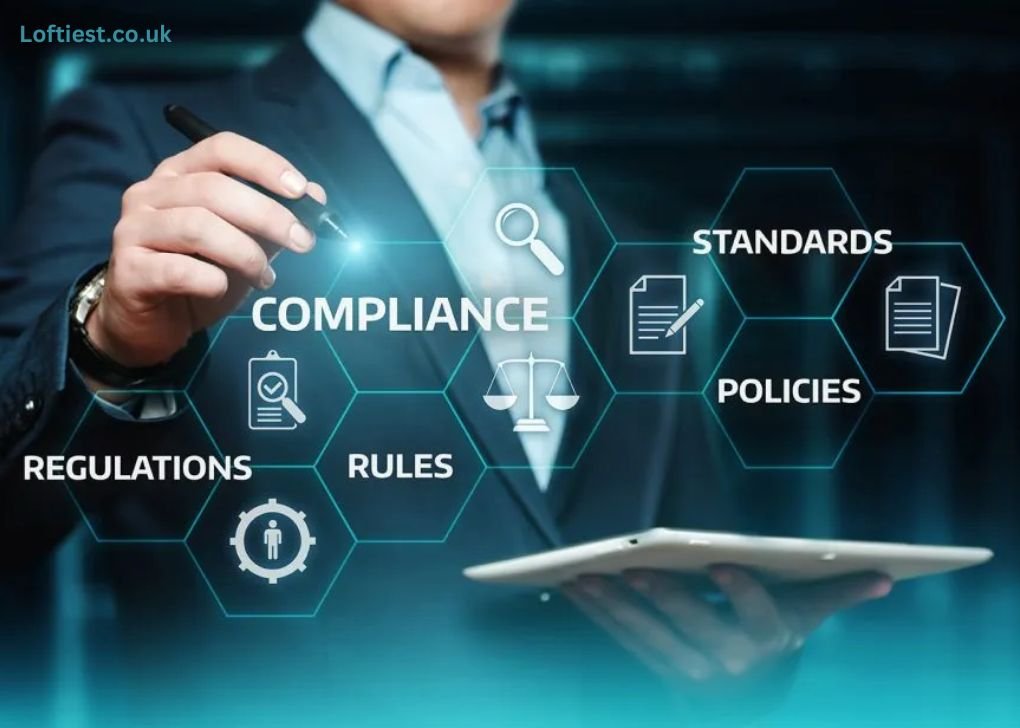In today’s business environment, customer service is essential to maintain a competitive edge. Contact centers play a vital role in providing customer service and support, and it is crucial to optimize their operations to achieve maximum efficiency and customer satisfaction. Contact center optimization is the process of analyzing and improving the performance of a contact center by implementing best practices, technology, and strategies. In this blog, we will explore what contact center optimization is, why it is important, and how it can benefit your business.
Contact optimization is the process of improving the performance of a contact center by maximizing its efficiency, reducing costs, and increasing customer satisfaction. It involves analyzing and optimizing various aspects of a contact center, including its technology, processes, workforce, and metrics. Call center optimization aims to ensure that the contact center is operating at peak performance and delivering the best possible customer experience.
Why is Contact Center Optimization Important?
Contact center optimization is critical for several reasons:
- Improving customer satisfaction: Customer satisfaction is a crucial metric for any business, and contact centers play a critical role in delivering excellent customer service. By optimizing the performance of a contact center, businesses can improve their customer satisfaction ratings and build customer loyalty.
- Reducing costs: Contact centers can be costly to operate, and optimizing their performance can help businesses reduce their operational costs. By streamlining processes, automating tasks, and optimizing workforce management, businesses can achieve cost savings and improve their bottom line.
- Enhancing efficiency: These can improve the efficiency of a contact center by reducing wait times, increasing first-call resolution rates, and improving agent productivity. This can result in faster resolution times, improved call handling times, and a better overall customer experience.
- Improving workforce management: These can help businesses better manage their workforce by optimizing scheduling, training, and performance management. This can result in a more engaged and productive workforce, improved morale, and lower turnover rates.
How to Optimize a Contact Center?
Contact center optimization involves analyzing and optimizing various aspects of a contact center. Here are some best practices for optimizing a contact center:
Technology Optimization
The technology used in a contact center plays a critical role in its performance. Contact center technology includes telephony systems, customer relationship management (CRM) software, workforce management systems, and reporting tools. Optimizing these technologies can help businesses improve their contact center performance by providing agents with the tools they need to deliver excellent customer service.
Some ways to optimize contact center technology include
- Investing in a modern telephony system that supports features such as IVR, call routing, and call recording.
- Using a CRM system that integrates with other contact center technologies and provides agents with a 360-degree view of the customer.
- Implementing a workforce management system that optimizes scheduling, forecasting, and performance management.
- Using reporting tools that provide real-time visibility into contact center performance, such as call volume, wait times, and first call resolution rates.
Process Optimization
Optimizing contact center processes involves analyzing and streamlining the workflows and procedures that agents follow to handle customer interactions. This can help businesses reduce wait times, increase first-call resolution rates, and improve the overall customer experience.
Some ways to optimize contact center processes include
- Mapping out the customer journey and identifying areas where improvements can be made.
- Developing standard operating procedures (SOPs) that guide agents through the customer interaction process.
- Optimizing call routing to ensure that customers are connected with the right agent at the right time.
- Implementing self-service options, such as IVR and chatbots, to handle simple customer inquiries and free up agents’ time to focus on more complex issues.
Workforce Optimization
Optimizing the workforce involves ensuring that agents are properly trained, motivated, and scheduled to handle customer interactions effectively. This can help businesses improve agent productivity, reduce turnover rates, and enhance the overall customer experience.
Some ways to optimize the workforce include
- Providing agents with comprehensive training on products, services, and procedures to handle customer interactions effectively.
- Implementing performance management systems that track agent performance and provide feedback to help them improve.
- Using workforce management systems to optimize scheduling, forecasting, and staffing to ensure that agents are available to handle customer interactions when they are needed.
- Implementing gamification and reward programs to motivate and engage agents and improve their performance.
Metrics Optimization
Optimizing contact center metrics involves measuring and analyzing various performance metrics to identify areas for improvement and track progress over time. This can help businesses understand how well their contact center is performing and identify areas where improvements can be made.
Some key contact center metrics to optimize include
- First call resolution rate: This measures the percentage of customer interactions that are resolved on the first call. A high first call resolution rate indicates that agents are well-trained and able to resolve customer issues effectively.
- Average handle time: This measures the average time it takes for an agent to handle a customer interaction from start to finish. A lower average handle time indicates that agents are efficient and able to resolve issues quickly.
- Customer satisfaction (CSAT) scores these measures how satisfied customers are with their overall experience with the contact center. A high CSAT score indicates that customers are happy with the service they receive.
Conclusion
Contact center optimization is critical for businesses that want to provide excellent customer service and stay competitive in today’s business environment. By optimizing various aspects of a contact center, including technology, processes, workforce, and metrics, businesses can improve their performance, reduce costs, and enhance the overall customer experience. Call center optimization is an ongoing process that requires a continuous focus on improvement and a commitment to providing the best possible service to customers.

